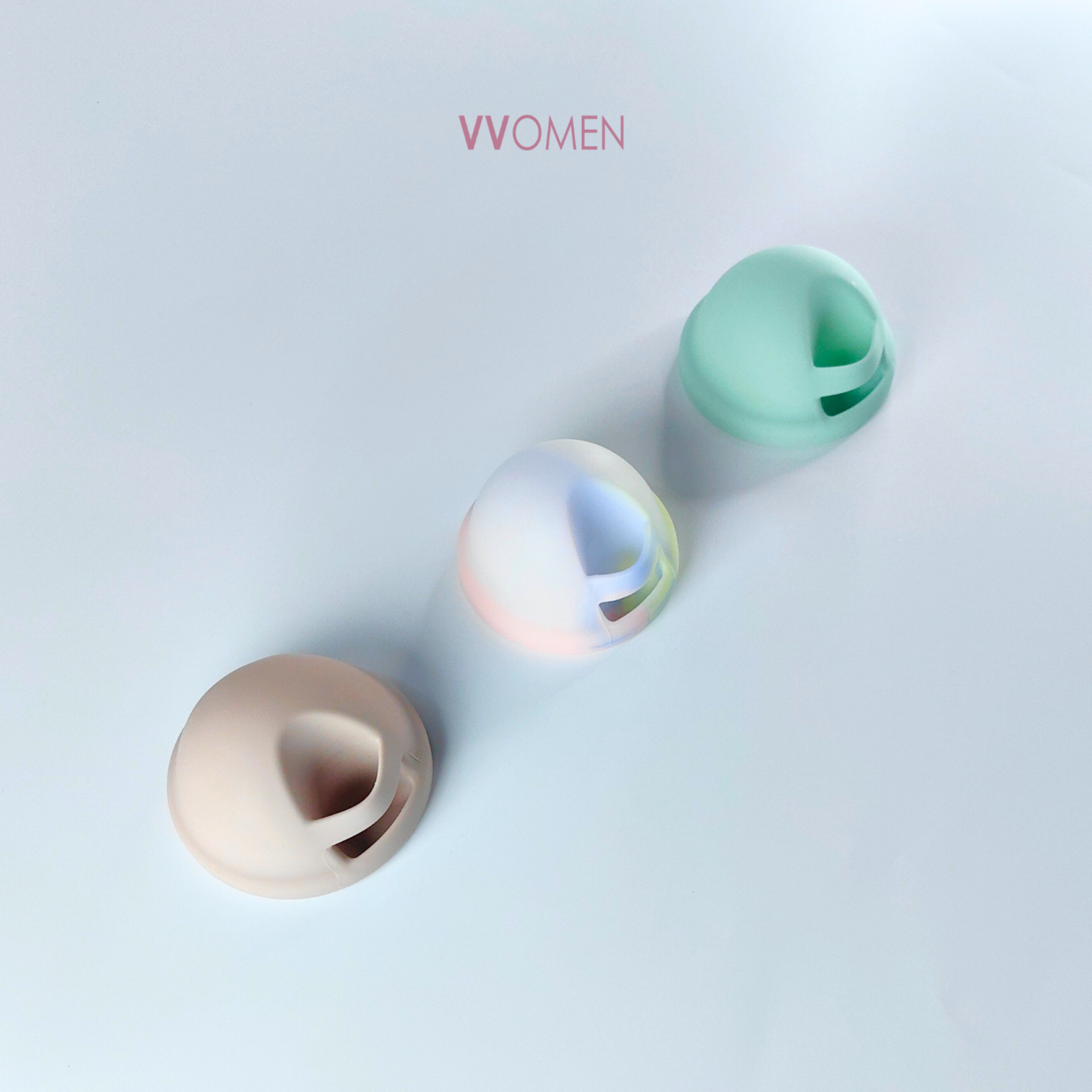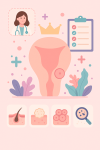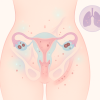Menstrual Cup: An Eco-Friendly Choice, with exclusive advise from doctor

Menstrual Cup: An Eco-Friendly and Comfortable Choice
Article by Dr. Thitiporn Tangviwatthanapanich: General Practitioner, Sexologist, and Founder of VVOMEN Menstrual Cup Brand
The menstrual cup is gaining popularity among women worldwide.
It offers a safe, economical, and eco-friendly alternative compared to disposable pads.
This article will guide you through everything you need to know about menstrual cups
from benefits and usage to proper care and maintenance.
What is a Menstrual Cup and What is it Made of?
A menstrual cup is a reusable period product made from medical-grade silicone, natural rubber, or thermoplastic elastomer (TPE).
It is shaped like a small cup and inserted into the vagina to collect menstrual blood.
Unlike pads or tampons, it does not absorb blood, which reduces the risk of Toxic Shock Syndrome.
Types of Menstrual Cups
-
Menstrual Cup
Cone-shaped with a stem, this is the original design most brands manufacture.
-
Menstrual Disc
Bowl-shaped with a flat base and no stem. It can hold more blood, is suitable for low cervix users,
and can be worn during sexual intercourse without leakage.
Benefits of Menstrual Cups
- Reduce waste from disposable menstrual products
- Cost-effective over time as they can be reused for years
- Safe for the body when made from high-quality materials
- Hold more blood, ideal for heavy flows
- Allow for any physical activity as if you were not on your period
Possible Symptoms or Issues
- Mild pelvic heaviness or discomfort during initial use
- Vaginal irritation or infection if not cleaned properly
- Leakage, discomfort, or urethral pressure if the size/type is unsuitable
Choosing the Right Menstrual Cup
A doctor or specialist can assess suitability by checking vaginal elasticity,
cervical height,
and menstrual flow volume
to help select the correct size and type for each individual.
Managing Issues While Using a Menstrual Cup
- If experiencing pain, adjust the folding or insertion method
- For those new to insertion, practice with one finger at a time
- Beginners may use a water-based lubricant for easier insertion
- If odor or irritation occurs, stop using and consult a doctor
- Switch to a different size/firmness if frequent leakage occurs
Cleaning and Storage
- Wash with mild soap or chlorhexidine solution
- Boil for 2-5 minutes before and after each cycle
- Avoid UV sterilizers as they damage the material
- For odor or stains, soak in 3% hydrogen peroxide for 12-24 hours
- Store in a clean fabric pouch
- Keep in a dry, ventilated place to prevent mold
Doctors Advice
Using a menstrual cup is a great choice, but start with proper research and consult a healthcare professional
especially if you have gynecological conditions like vaginal stenosis, difficulty inserting, low cervix, lesions, polyps, or recurrent infections.
Consult our specialists at Clitoria Clinic, Phetkasem 81
Tel: 66-81-116-3788
Line: @dr.clitoria


